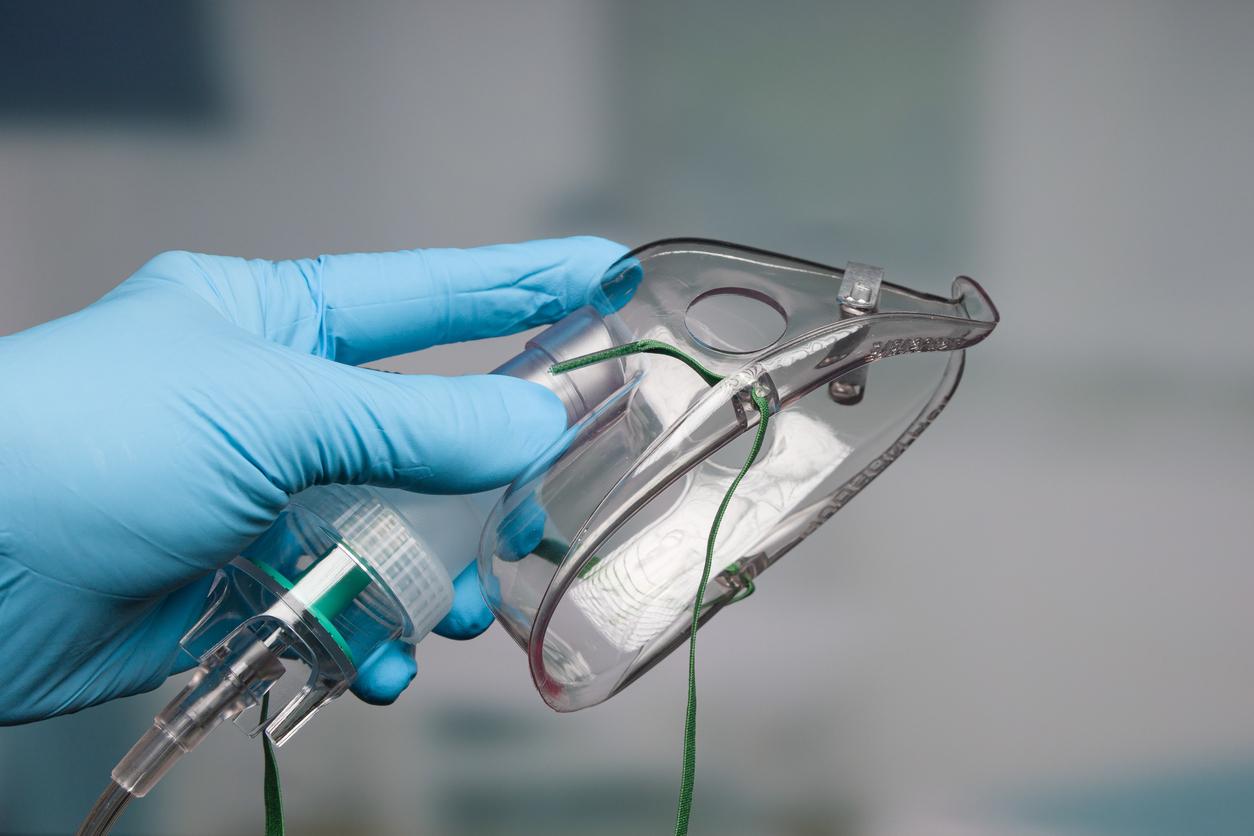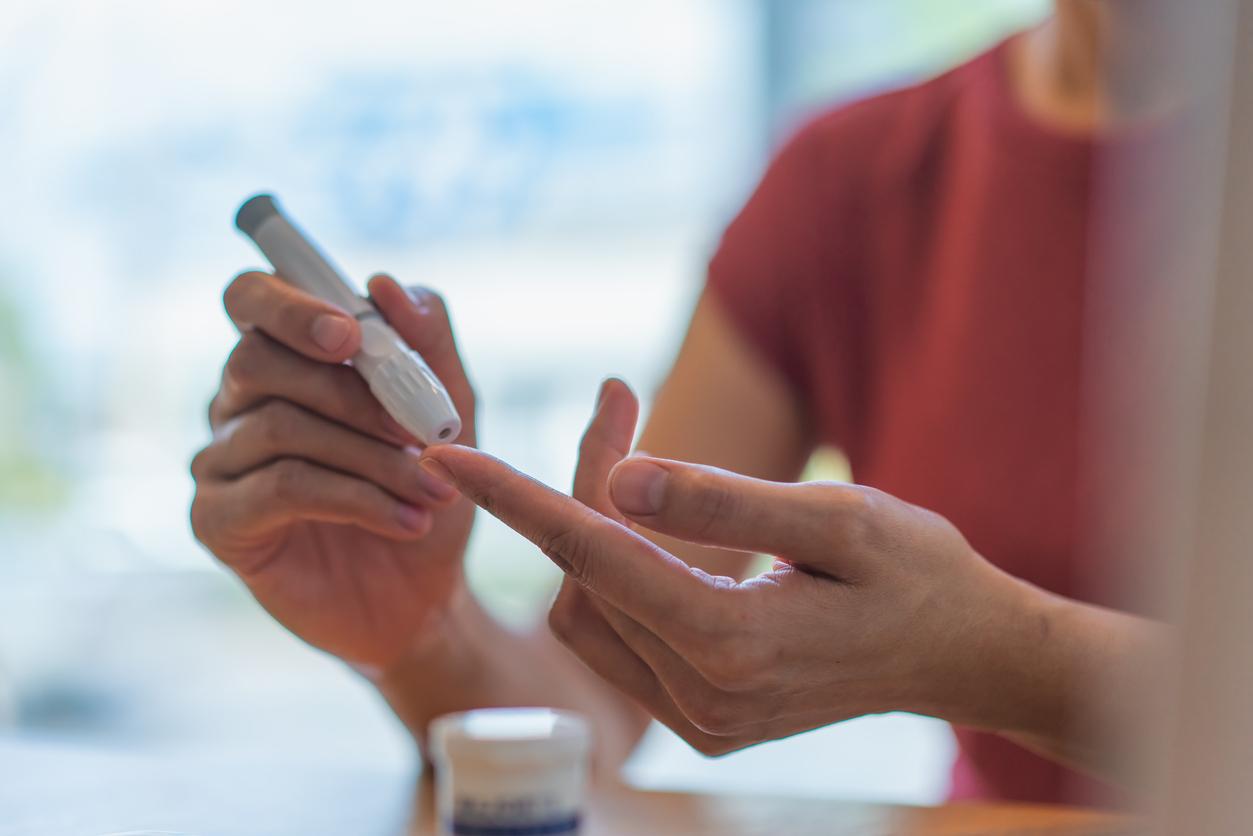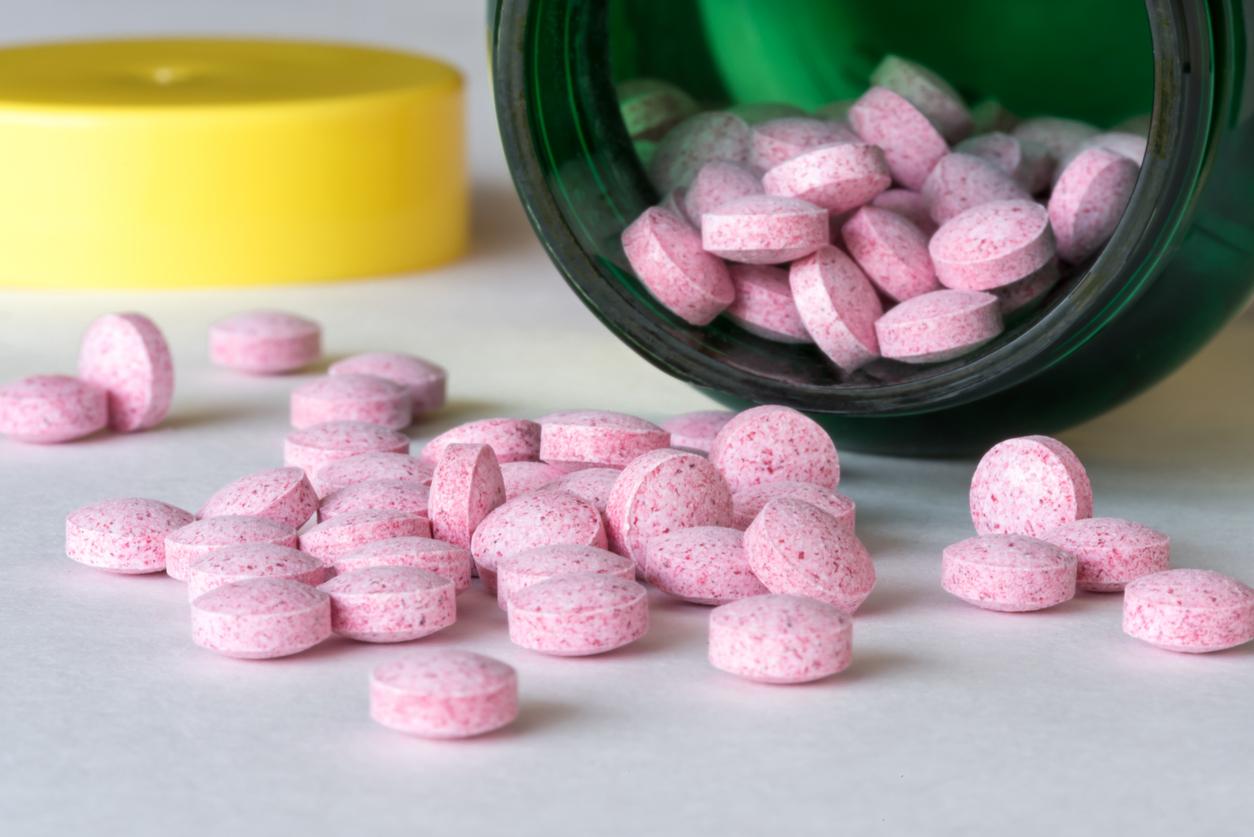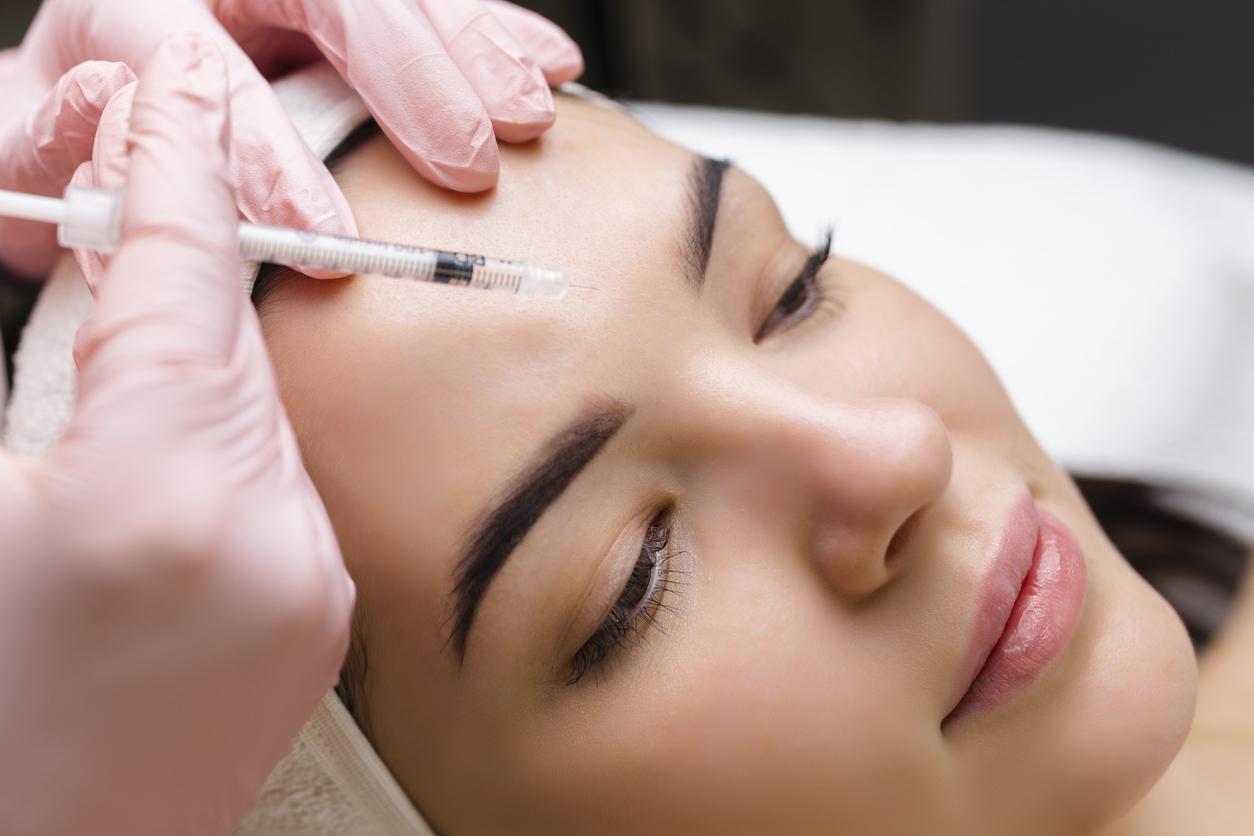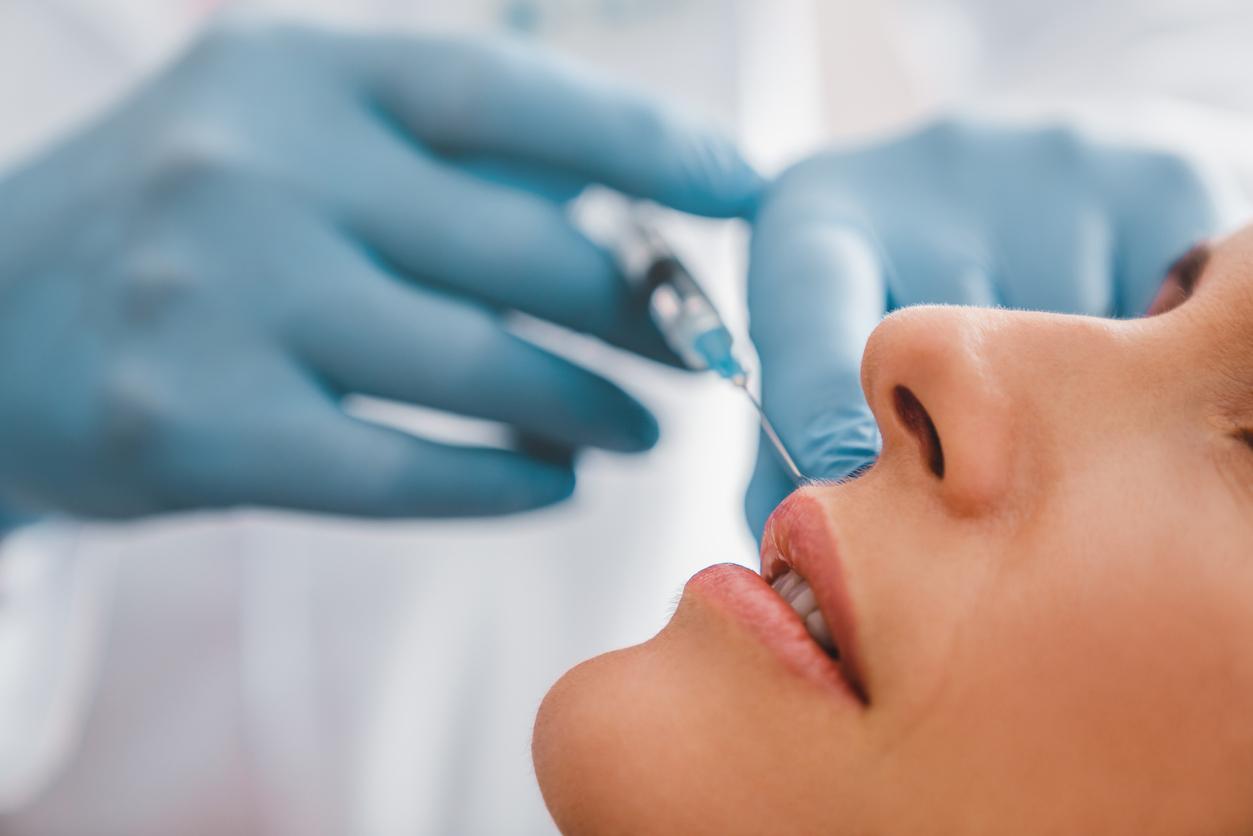Also called “superseded consumption centers” or more colloquially “shooting rooms”, injection rooms allow drug addicts to take substances in good hygienic conditions, with medical, social and psychological support. They are reserved for regular users of so-called “hard” drugs (cocaine, heroin and crack). Occasional consumers and minors are not admitted.
How does an injection room work?
No illicit product is supplied by the center. The addict brings his dose. A social worker checks that he is a regular user and tests the product provided. The patient is then taken care of by the nursing staff: notions of hygiene are explained to him and a sterile single-use kit is provided. He remains under medical supervision until he leaves the room.
Advantages : hygienic conditions and medical surveillance reduce the risk of disease transmission (AIDS and hepatitis) and overdose. But the wards are also intended to guide patients towards weaning work.
The pros and the cons
Roselyne Bachelot, former Minister of Health, had issued, last July, a recommendation in favor of the experimental opening of “supervised consumption centers” in order to reduce the health risks associated with drug use. Following the favorable report from Inserm, the mayor of Paris had also said he was ready to host experimental rooms in the capital and the Council of Paris followed him in October by voting in favor of opening at least a drug consumption center in Paris. The first in France.
But two days ago, the National Academy of Medicine affirmed its opposition to this project of creating injection rooms for drug addicts because this could call into question the “repulsive image” of drugs in the eyes of individuals. The Academy of Medicine also specifies that it is impossible to ask health professionals to “supervise” or to carry out “medically assisted poisoning”, arguing that so-called “street drugs” are sometimes characterized by “mixtures of potentially fatal toxicity “.










